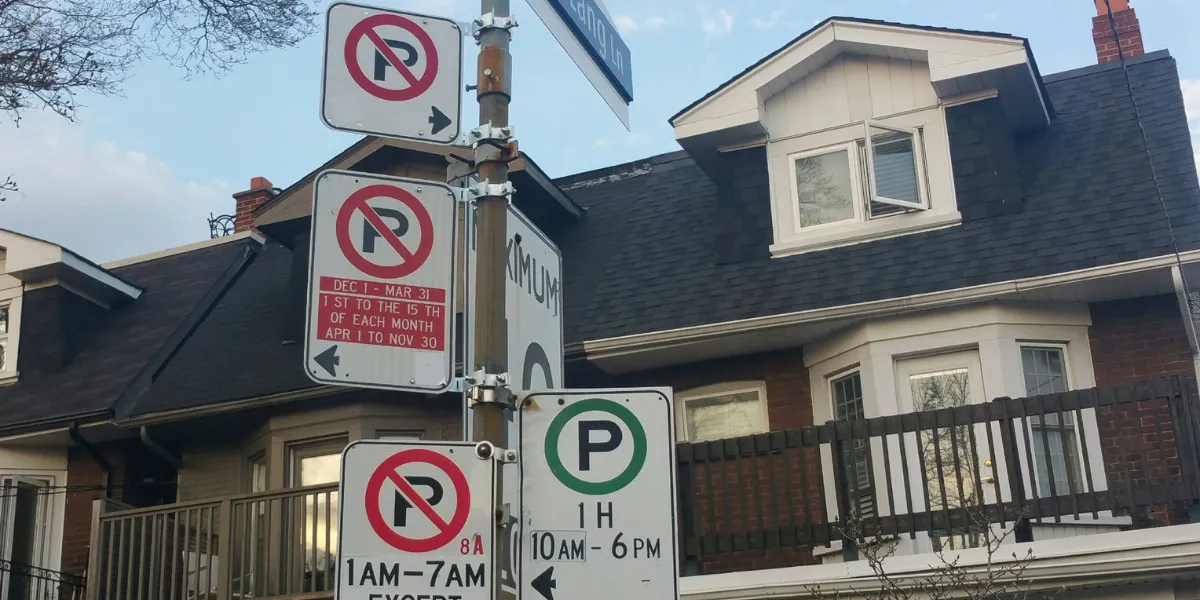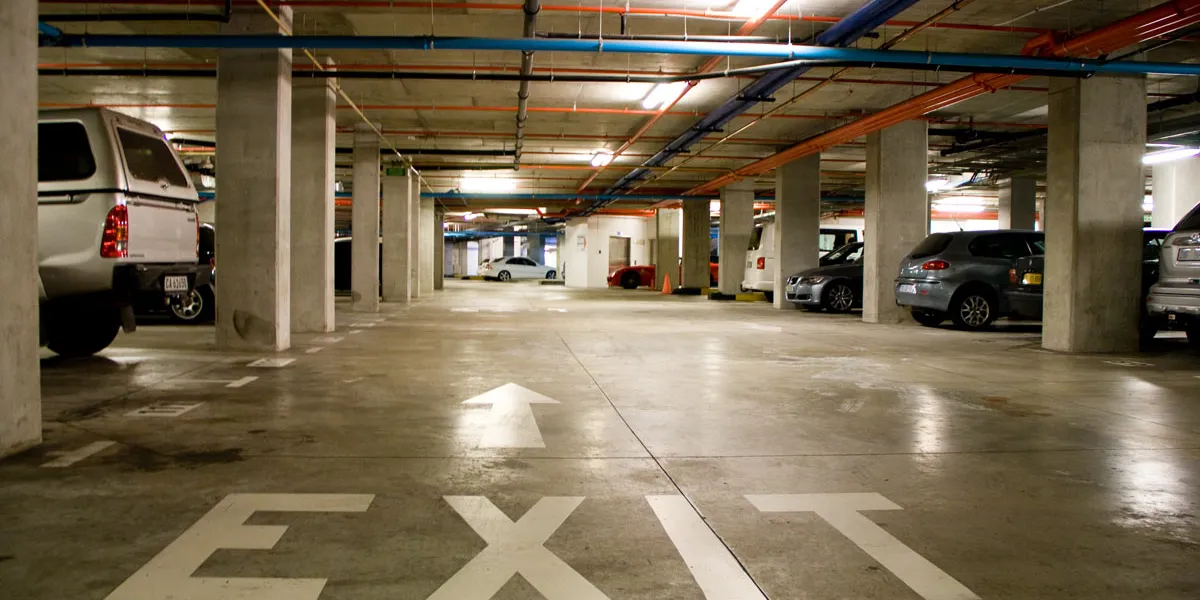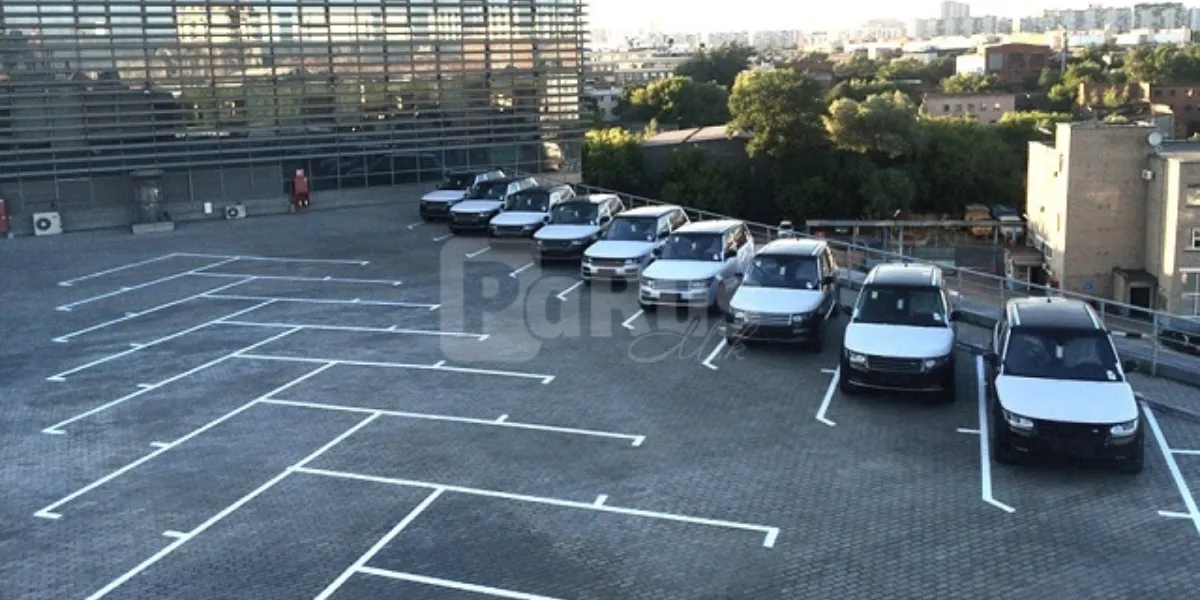New Toronto Parking Space Requirement Policy, A Right Move? In the bustling metropolis of Toronto, where every square inch of real estate is at a premium, the debate over parking spaces has long been a contentious issue. With the city’s population growing steadily and urbanization on the rise, the need for efficient management of parking resources has become more pressing than ever. In response to these challenges, Toronto’s municipal government has recently introduced a new Parking Space Requirement Policy, sparking both optimism and skepticism among residents and stakeholders alike.
Toronto’s Parking Space Requirement Policy

For decades, parking regulations in Toronto have been governed by a complex web of zoning bylaws and development guidelines. These regulations have traditionally mandated the provision of a minimum number of parking spaces for new developments, including residential buildings, commercial establishments, and public facilities. However, critics argue that these requirements have contributed to urban sprawl, increased traffic congestion, and inhibited the city’s ability to prioritize alternative modes of transportation.
Background of Parking Regulations in Toronto
Toronto’s approach to parking regulation has evolved over time in response to changing demographic trends, urban planning philosophies, and transportation priorities. Historically, the city has placed a strong emphasis on accommodating private vehicle ownership, leading to the proliferation of parking lots, garages, and on-street parking spaces across the urban landscape. However, in recent years, there has been a growing recognition of the need to adopt more sustainable and equitable transportation policies that prioritize pedestrians, cyclists, and public transit users.
Overview of the New Parking Space Requirement Policy

The new Parking Space Requirement Policy represents a significant departure from previous approaches by the City of Toronto. Instead of mandating a fixed number of parking spaces for each development, the policy adopts a more flexible and context-sensitive approach that takes into account factors such as location, land use, and access to alternative transportation options. Under the new policy, developers are encouraged to conduct parking demand studies to determine the appropriate number of parking spaces based on the specific needs of each project.
Goals and Objectives of the Policy
The primary goals of the Parking Space Requirement Policy are twofold: to promote sustainable urban development and to reduce the city’s reliance on private automobiles. By eliminating arbitrary parking minimums and allowing for more tailored parking solutions, the policy seeks to create more vibrant, walkable neighborhoods, reduce the environmental impact of excessive car use, and improve overall quality of life for Toronto residents.
Stakeholders Involved in the Policy Development

The development of the Parking Space Requirement Policy involved extensive consultation with a wide range of stakeholders, including developers, urban planners, transportation experts, community advocates, and members of the public. Through a series of workshops, public hearings, and online surveys, the City of Toronto solicited feedback and input from these stakeholders to ensure that the policy reflected the diverse needs and perspectives of the community.
Potential Benefits of the New Policy
Proponents of the Parking Space Requirement Policy argue that it offers a host of potential benefits for Toronto and its residents. By reducing the amount of land devoted to parking infrastructure, the policy can free up valuable space for other uses, such as affordable housing, green spaces, and commercial development. Moreover, by encouraging more sustainable modes of transportation, such as walking, cycling, and public transit, the policy has the potential to improve air quality, reduce greenhouse gas emissions, and enhance overall public health and well-being.
Addressing Concerns and Criticisms

Despite its potential benefits, the Parking Space Requirement Policy has not been without its critics. Some developers have expressed concerns that the policy could lead to parking shortages and exacerbate existing parking problems in certain neighborhoods. Others worry that the policy may inadvertently increase housing costs by placing additional burdens on developers and property owners. Additionally, there are concerns about the potential impact of the policy on businesses that rely on customer access by car.
Comparison with Previous Parking Regulations
To better understand the implications of the new Parking Space Requirement Policy, it is instructive to compare it with previous approaches to parking regulation in Toronto. Unlike traditional parking minimums, which tend to be inflexible and one-size-fits-all, the new policy takes a more nuanced and site-specific approach to parking management. By allowing developers to tailor their parking strategies to the unique characteristics of each project, the policy promotes greater efficiency, flexibility, and innovation in parking provision.
Case Studies of Similar Policies in Other Cities

Toronto is not alone in its efforts to reform parking regulations and promote more sustainable transportation policies. Cities around the world, from San Francisco to Singapore, have implemented similar measures to reduce parking demand, encourage alternative modes of transportation, and create more livable urban environments. By examining the experiences of these cities, Toronto can glean valuable insights and lessons learned to inform the implementation of its own Parking Space Requirement Policy.
Impacts on Urban Development and Transportation
The implementation of the Parking Space Requirement Policy is expected to have far-reaching impacts on urban development and transportation in Toronto. By prioritizing transit-oriented development, mixed-use zoning, and pedestrian-friendly design principles, the policy aims to create more compact, connected, and inclusive communities. Moreover, by reducing the need for parking infrastructure, the policy can help to mitigate the negative effects of car dependency, such as traffic congestion, air pollution, and noise.
Community Engagement and Feedback Mechanisms

Effective community engagement and feedback mechanisms are essential for the successful implementation of the Parking Space Requirement Policy. Throughout the planning, development, and implementation phases, the City of Toronto must continue to actively engage with residents, businesses, and other stakeholders to ensure that their voices are heard and their concerns addressed. By fostering a spirit of collaboration and transparency, the city can build trust and consensus around the policy and maximize its chances of success.
Implementation Challenges and Strategies
While the Parking Space Requirement Policy holds great promise for the future of Toronto, its successful implementation is not without its challenges. Key challenges include balancing competing interests and priorities, overcoming institutional inertia, and navigating legal and regulatory hurdles. To overcome these challenges, the city must adopt a proactive and strategic approach to implementation, including clear communication, capacity-building, and ongoing monitoring and evaluation.
Evaluating the Prospects of the Policy
In the new Parking Space Requirement Policy represents a bold and forward-thinking approach to parking management in Toronto. By prioritizing sustainability, equity, and livability, the policy has the potential to transform the city’s urban landscape and create a more vibrant, inclusive, and resilient metropolis for future generations. While challenges undoubtedly lie ahead, the promise of a healthier, more sustainable future for Toronto is well worth the effort.
Click here for more visited Posts!





Join The Discussion